The Home Reset That Actually Sticks: A Pro’s Guide to Kicking Clutter for Good
After years of helping people wrestle their homes back from the brink, I still think about one of my very first projects. It was this lovely family in a beautiful house that had just become… stuck. Every counter was a pile, every closet was a no-go zone, and the garage was basically a museum of forgotten intentions. They’d tried everything, too—buying cute baskets, reading the trendy books. But the clutter always crept back in.
In this article
That job taught me the single most important lesson about organization. It has almost nothing to do with throwing stuff away or having perfectly matching bins. Honestly? It’s about understanding the natural flow of your own home and setting up dead-simple systems that work with your real life, not against it. It’s a skill you learn, not a personality you’re born with.
So, this isn’t some magic weekend fix that leaves you with a showroom-perfect house forever. It’s a real, methodical process. But the payoff is huge: a home that serves you, instead of a space you’re constantly fighting.

First, Let’s Talk About Why Your House Gets Messy
Before you even think about touching a single item, we need to get one thing straight. Clutter isn’t a moral failing. It’s usually just a symptom of broken systems clashing with normal human behavior. So let’s play detective for a minute.
The Strange Pull of “Clutter Gravity”
Have you ever noticed this? A single, lonely piece of mail on a clear kitchen counter seems to have its own gravitational field. Soon, a set of keys joins it. Then a receipt. Before you know it, you’ve got a permanent pile that attracts more and more stuff. It’s a real phenomenon!
This happens because of something called decision fatigue. You make thousands of tiny choices all day long. By the time you get home, the mental energy required to decide the fate of one piece of junk mail is surprisingly high. It’s just easier to put it down. A good system removes the decision. The mail has a spot. The keys have a hook. When the “where” is a no-brainer, the “what to do” becomes automatic.

Finding the Friction in Your Home’s Flow
Think of your home’s layout like a riverbed. Your daily routine is the water. When the path is clear, everything moves smoothly. When it’s blocked—say, by a laundry basket you always have to step over—you create friction. It’s a tiny, subconscious irritant that adds up.
Or think about your kitchen. Are your most-used cooking tools stored clear across the room from the stove? Making a simple meal becomes an inefficient, frustrating dance. As we go through this process, we’re not just clearing stuff; we’re looking for these blockages and creating smoother paths for you and your things.
Your Professional Toolkit: Simple Gear for a Big Job
Good news: you don’t need a truckload of expensive organizing gadgets. I’ve boiled my on-the-job kit down to a few essentials. I always tell my clients to get these ready before they start, because nothing kills momentum like having to stop for a supply run.

- A Set of Boxes: We need more than just ‘keep’ and ‘toss’. I use a five-box system. Grab some sturdy cardboard boxes (a 10-pack of medium moving boxes from Home Depot or Lowe’s runs about $20) and label them clearly: PUT AWAY, REPAIR, RELOCATE, DONATE, and DISPOSE. ‘Put Away’ is for stuff that belongs in the room you’re working on but is out of place. ‘Relocate’ is for things that have a home in another room. This system stops you from getting distracted by running all over the house.
- A Notebook and Pen: This is your command center. You’ll jot down your plan, tasks (‘measure shelf for liners’), and brilliant ideas. Don’t rely on your memory—it’s already working overtime.
- Painter’s Tape and a Marker: Great for labeling the boxes, but also for temporarily marking zones on the floor or shelves. It peels right off without leaving gunk behind.
- A Timer: This might be the most important tool. It’s not for rushing; it’s for preventing burnout. Set it for 45 minutes of focused work, then take a mandatory 15-minute break. This rhythm makes a massive job feel way more manageable.
- Basic Cleaning Supplies: As you clear surfaces, you’re going to uncover dust. Have a vacuum, some rags, and an all-purpose cleaner ready to go.
Quick tip: Please, please, please resist the urge to buy new storage containers before you’ve sorted everything. It’s the #1 most common mistake. You have no idea what you need to store until you know exactly what you’re keeping.

The Game Plan: A Strategic Room-by-Room Attack
We are absolutely not going to tackle the whole house at once. That’s a surefire recipe for overwhelm and quitting. We’ll move through the house strategically, starting with the spaces that have the biggest impact on your daily life.
1. The Kitchen: The Heart of the Home
When the kitchen is organized, the whole household just… works better. Mornings are smoother, meals are easier, and you save money by not buying a third jar of paprika. Heads up: A full kitchen declutter can be a beast. Plan for a full weekend, or break it into 2-3 hour sessions over a week.
The Pro Technique:
- Empty by Zone: Don’t empty the entire kitchen. Start with one zone, like the pantry. Take everything out and put it on the dining table.
- Clean the Space: Wipe down the shelves and drawers. A truly clean slate feels amazing.
- Sort and Purge: Group similar items. Now, be a little ruthless. Check every single expiration date. That fancy spice you used once? It’s lost its flavor. Let it go. Be honest about that bag of quinoa you’ll never cook. Unopened, unexpired food can go to a local food bank.
- Redesign the Zone: Before you put anything back, think. Everyday items go at eye level. Heavy stuff, like a stand mixer, goes on lower shelves. Group things by how you use them—all your baking supplies together, for instance. For pantries, use the ‘First In, First Out’ (FIFO) method: when you buy new canned tomatoes, put them behind the old ones. This rotates your stock automatically.
- Repeat for All Zones: Move on to your other zones: the prep zone (knives, bowls), cooking zone (pots, pans), cleaning zone (under the sink), and dishes/cutlery zone (near the dishwasher).
A client of mine once had three identical spatulas because he could never find one. After we zoned his utensil drawer, we discovered he owned almost a dozen. The extras went to donation, and he later told me his favorite part of the new kitchen was just knowing exactly where to find a spatula. It’s the small wins.
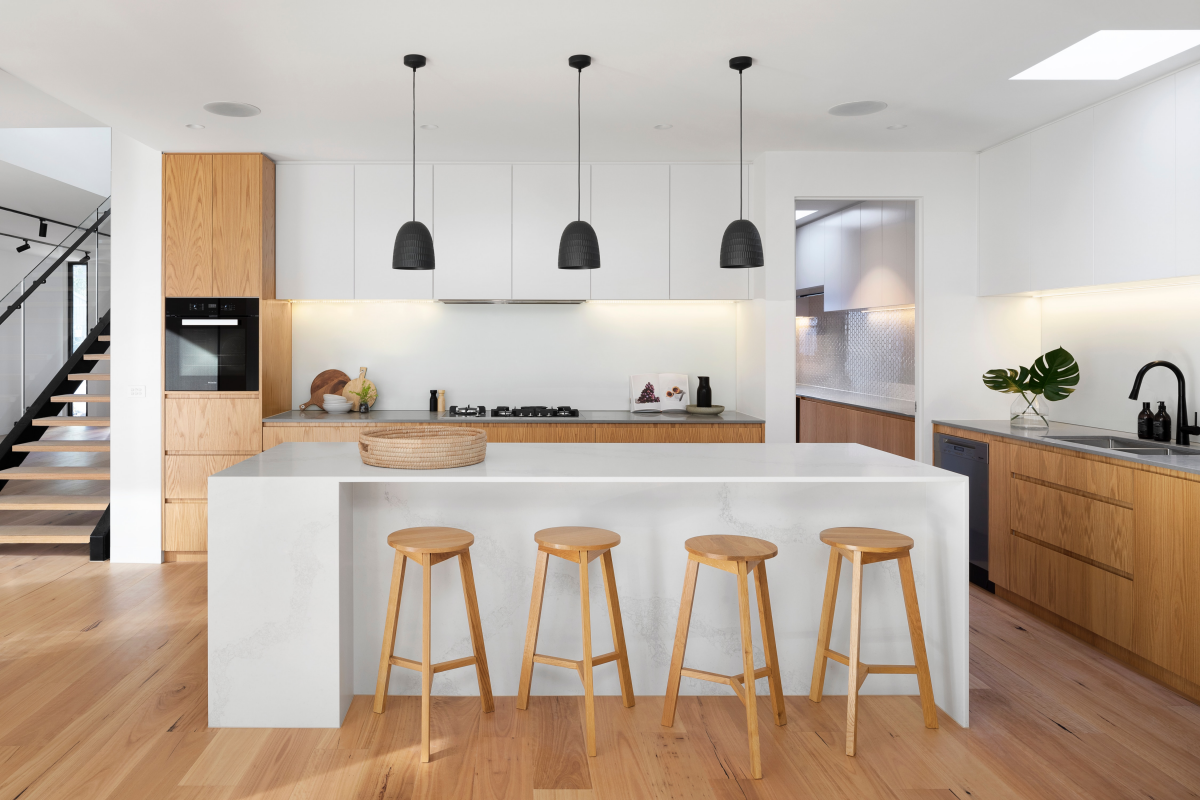
2. The Closet: Your Personal Morning HQ
Your closet should make you feel prepared, not stressed. The goal here is simple: make getting dressed easy. For a standard closet, set aside about 3-5 hours for this process.
The Pro Technique:
- Empty It All Out: Every single item of clothing comes out and goes onto the bed. You need to see the sheer volume to make honest choices.
- Clean It: Vacuum the floor, wipe down the shelves. Give your favorite clothes a clean home to return to.
- Sort with Honesty: The simple keep/toss pile isn’t enough here.
– Love It & It Fits: No-brainers. These go right back in.
– Needs Repair: A missing button or small tear. Put these in your ‘REPAIR’ box with a one-month deadline to fix or toss.
– The ‘Maybe’ Box: This is for things you’re iffy on. Put them in a box, seal it, and write a date six months from now on it. If you haven’t missed any of the items enough to open the box by that date, donate the whole thing, unopened. It’s a great trick to bypass decision agony.
– Sentimental: A wedding dress or old varsity jacket doesn’t belong in your prime closet real estate. These items should be properly stored in an archival box or cedar chest elsewhere. By the way, if you feel guilty letting a sentimental item go, try taking a nice photo of it first. Sometimes preserving the memory is enough. - Reassemble with a System: Group the ‘Love It’ items by category (shirts, pants). For bonus points, arrange them by color. To get a real sense of what you use, turn all the hangers backward. When you wear something, turn the hanger the right way. In six months, you’ll see exactly what you never touch.
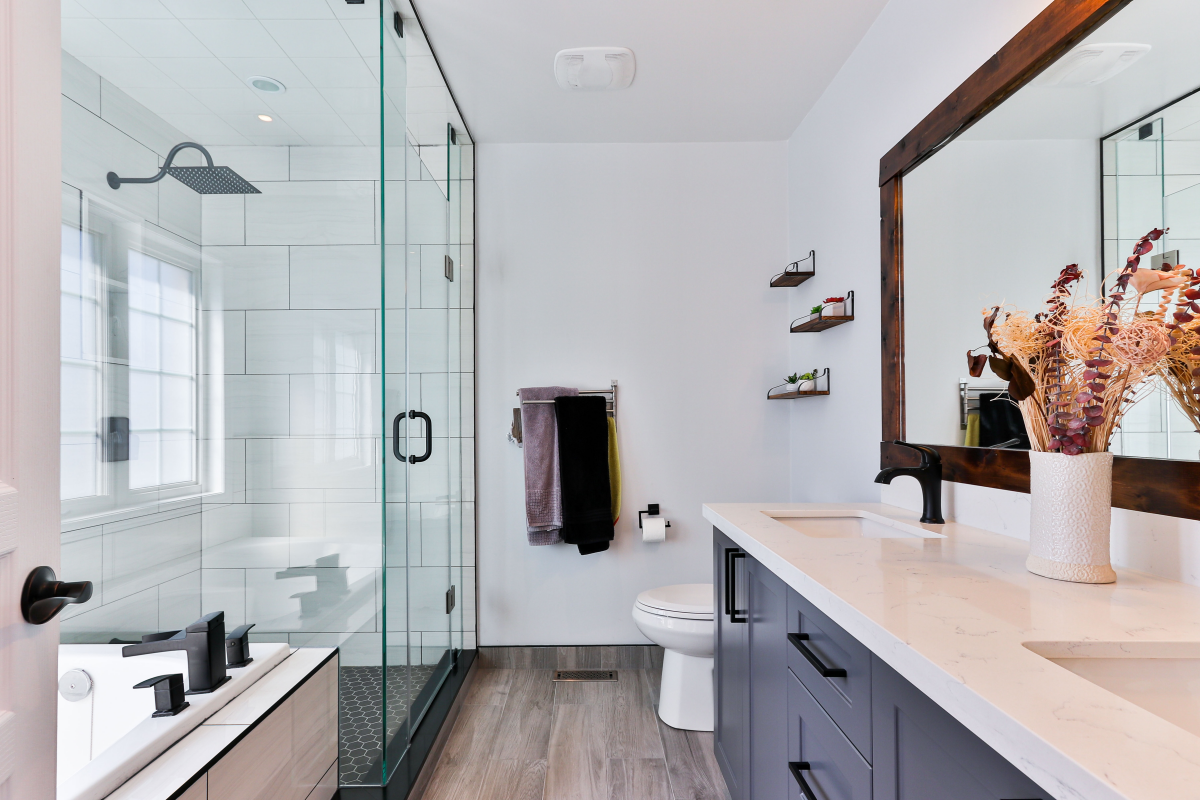
3. Paper & The Home Office: Taming the Paper Dragon
Paper clutter is the worst—a frustrating mix of trash, to-do lists, and critical documents. Taming it is essential for a calm mind. Plan for 2-4 hours to get through a backlog.
The Pro Technique: The A.R.T. Filing System
You just need a small file box, some hanging folders, and a shredder. (A decent cross-cut shredder will run you $40-$100 and is worth every penny for preventing identity theft.)
- ACTION: For papers that require you to do something. Folders should be simple: ‘To Pay,’ ‘To Do,’ and ‘To Read.’ Check this file once a week.
- REFERENCE: For info you might need later. Think appliance manuals, medical records, car repair receipts. Give each category its own folder.
- ARCHIVE: For long-term storage of documents you rarely need, like tax returns or property deeds. These can live in a separate box in a storage area.
Any paper that doesn’t fit these three categories is probably trash or recycling. The goal is to touch each piece of mail only once.
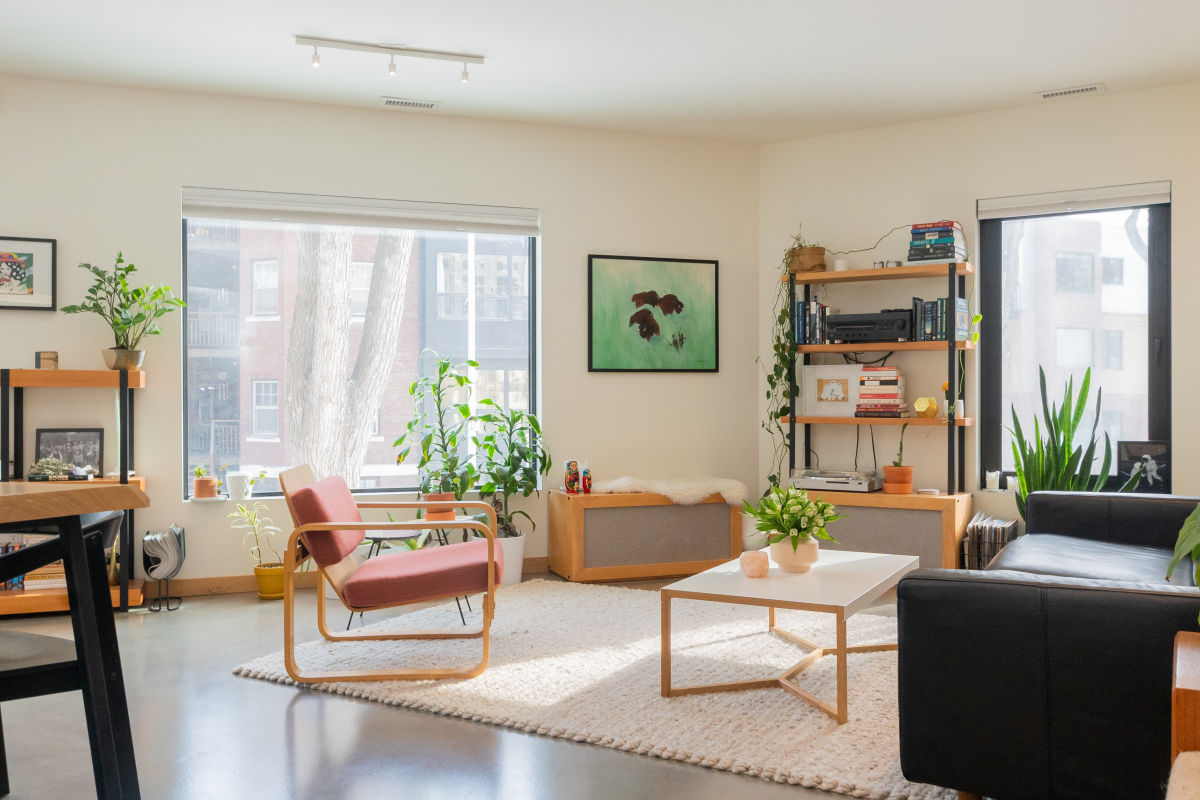
Heads up! I’m not a financial advisor, but a good rule of thumb is to keep tax-related documents for at least seven years. And critical papers like birth certificates, deeds, and passports should be kept forever, ideally in a fireproof, waterproof safe.
4. The Garage & Storage: The Final Frontier
Garages and basements become the land of forgotten things. This can be a physically demanding job, so plan accordingly. A packed two-car garage could easily take two full days. Don’t be a hero—ask a friend for help and have pizza money ready.
The Pro Technique: The Full Empty
- Plan and Prepare: Pick a clear day and lay tarps down in the driveway to create sorting zones. You have to pull everything out to see what you’re dealing with.
- Sort into Broad Categories: As you pull stuff out, group it: Holiday Decor, Tools, Gardening, Sports, etc.
- Purge Each Category: Go through one group at a time. Do you need three drills? Are the kids ever going to use that tiny bike again? Be brutally honest.
- Design Your Storage: Now, plan the space. Heavy-duty shelving is a must to get things off the floor. Wall-mounted hooks are great for bikes and ladders. The stuff you use most often goes near the door. Seasonal items can go in harder-to-reach spots.
A hard-earned lesson: I once helped a client clear a damp basement and we found cardboard boxes that had disintegrated, ruining old family photos. Now, I swear by the clear, latching plastic bins from brands like Sterilite or Hefty. They’re about $10-$15 a pop at Target or Walmart and will save your keepsakes from moisture and pests. It’s non-negotiable for these spaces.
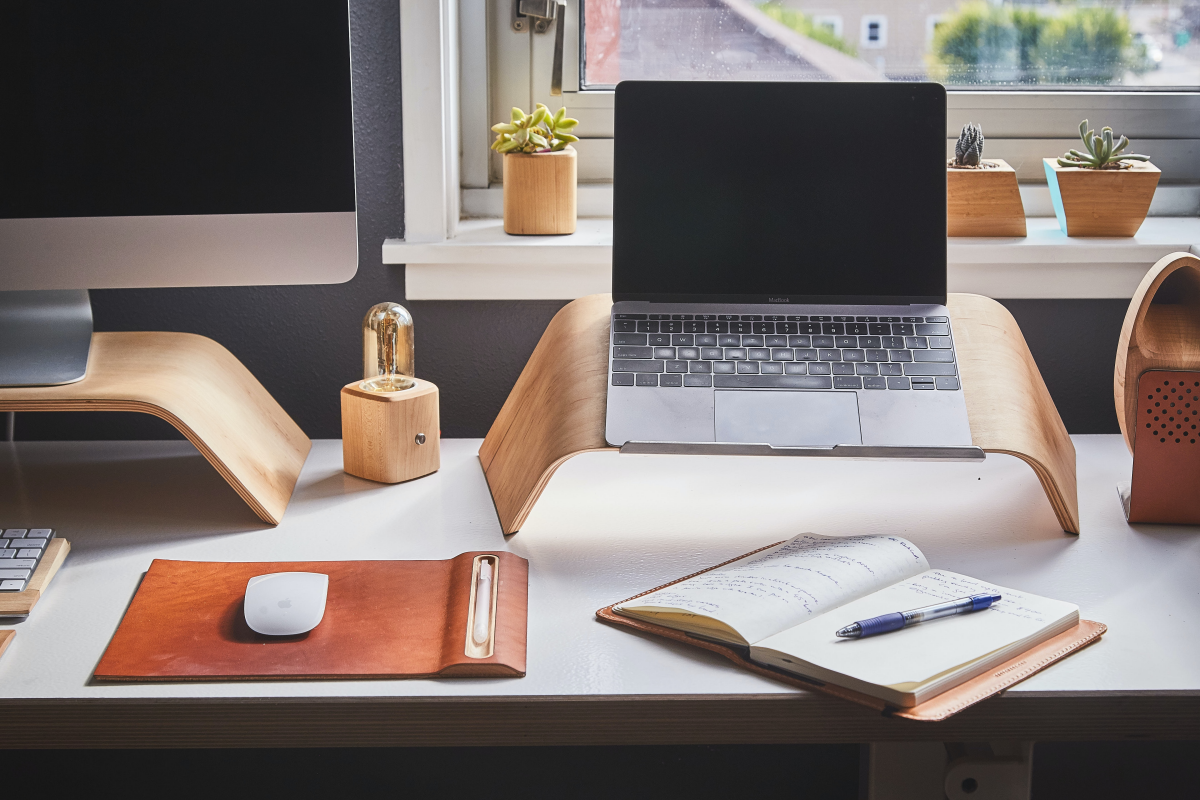
Oh, and getting rid of the big stuff? For general junk, services like 1-800-GOT-JUNK? can be lifesavers. For things like old paint, motor oil, or electronics, search for your town’s or county’s “hazardous waste disposal” program—they often have specific drop-off days.
Keeping the Peace: Habits That Make It Last
Getting organized is a huge accomplishment, but the real magic is in the small habits that keep it that way.
- The 10-Minute Tidy: Every night before bed, set a timer for 10 minutes and do a quick sweep of the main living areas. Put away jackets, put dishes in the dishwasher, sort the mail. This single habit prevents ‘clutter gravity’ from taking hold again.
- The One-In, One-Out Rule: When you buy a new pair of shoes, an old pair has to go. This applies to books, mugs, anything. It makes you a more conscious consumer.
- Feeling Overwhelmed? Start Small: If a whole room feels like too much, just try a 15-minute win. Today, tackle one junk drawer. Tomorrow, the medicine cabinet. The goal is to build momentum, not burn out.
- What If Your Partner Isn’t on Board? This is a common one. You can’t force them, but you can lead by example. Start with your own space—your closet, your desk. When they see how much calmer and easier your zones are, they often get inspired.
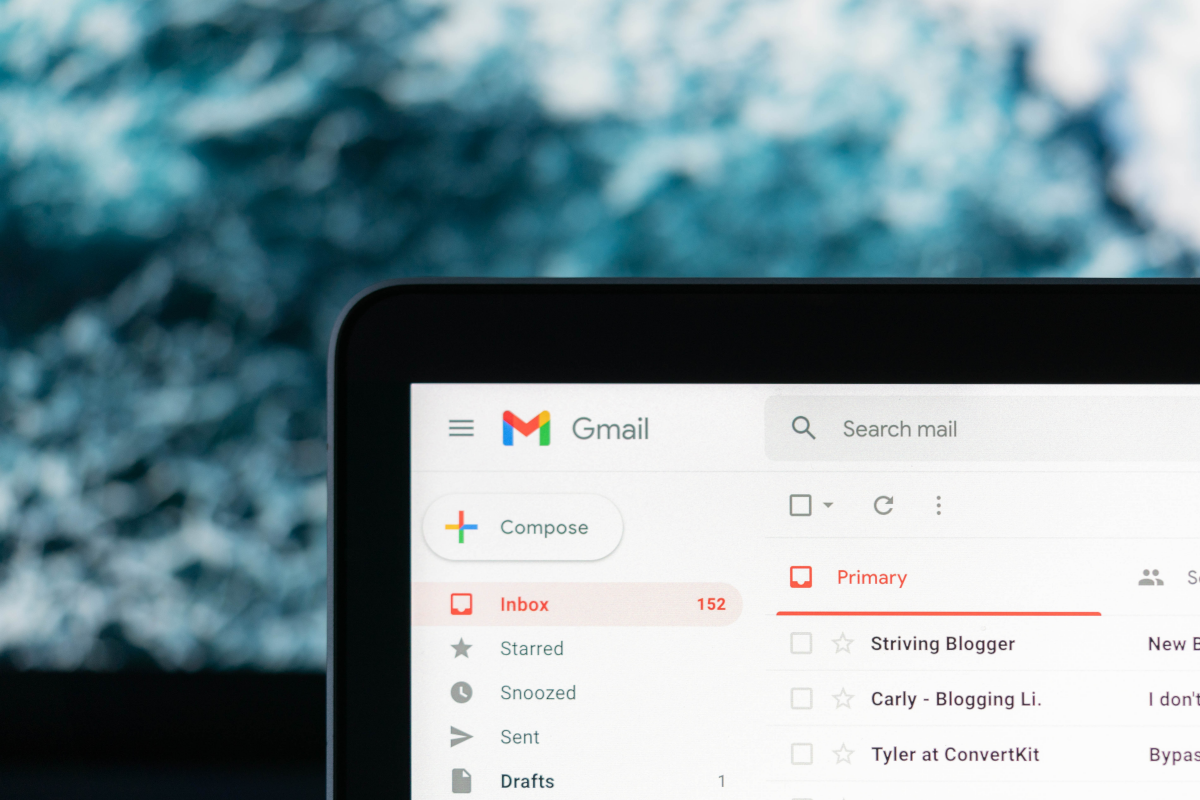
When to Call in a Pro (and What to Expect)
Sometimes, a project is just too big, emotionally or physically, to handle alone. And that’s okay! Knowing when to call for backup is a sign of wisdom, not failure.
Consider hiring a professional organizer if you’re dealing with a truly overwhelming situation, like clearing out a relative’s home, downsizing after decades in one place, or if the clutter is causing serious stress and safety issues. So, what does a pro cost? Rates vary a lot based on location and experience, but you can generally expect to pay somewhere between $50 and $150 per hour. When you think about the time, stress, and project management they handle, it can be a fantastic investment. Look for someone with credentials from a recognized professional organization, proof of insurance, and clear contract terms.
Creating an organized home is a journey. It starts with the decision to take back control. Be patient with yourself. The process takes time, but the peace you’ll find in a home that actually supports you is worth every ounce of effort.
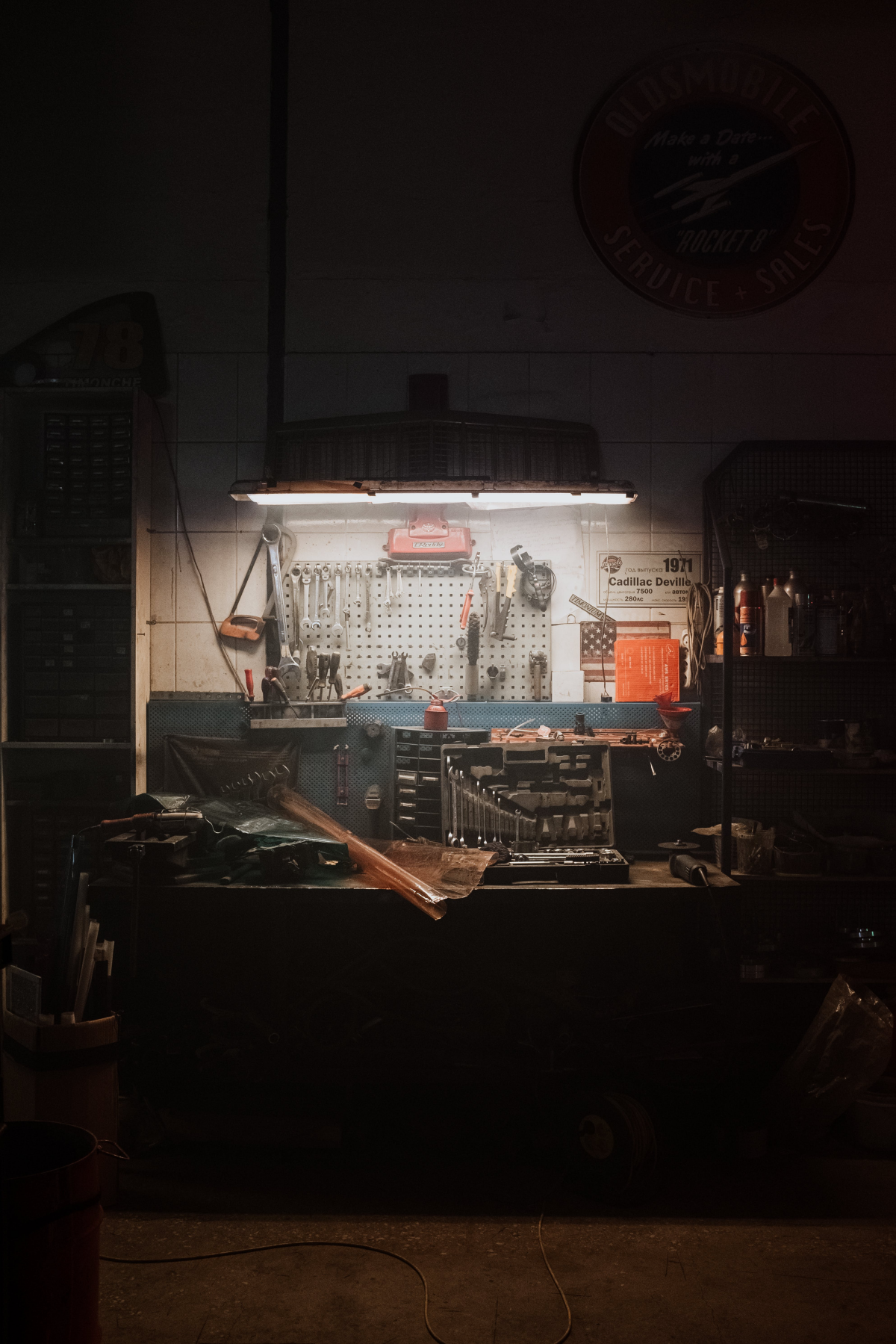
Galerie d’inspiration
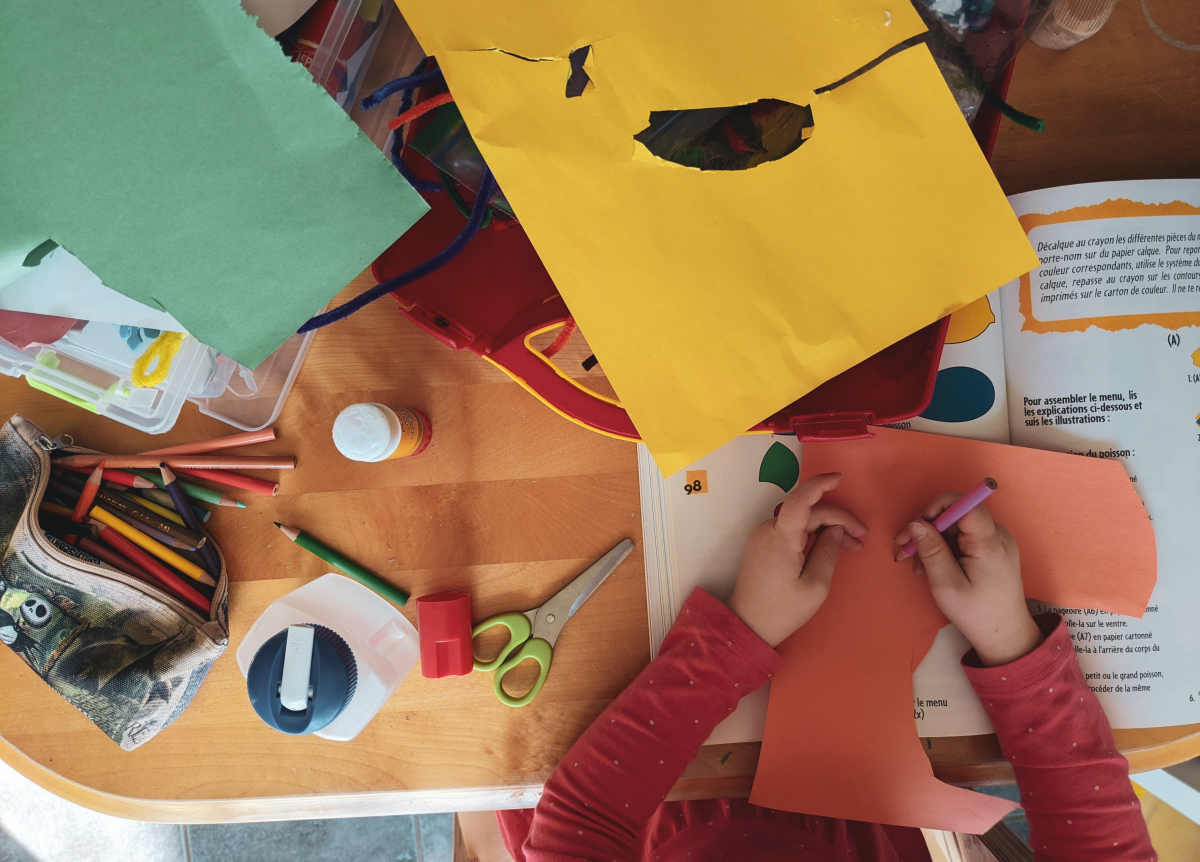
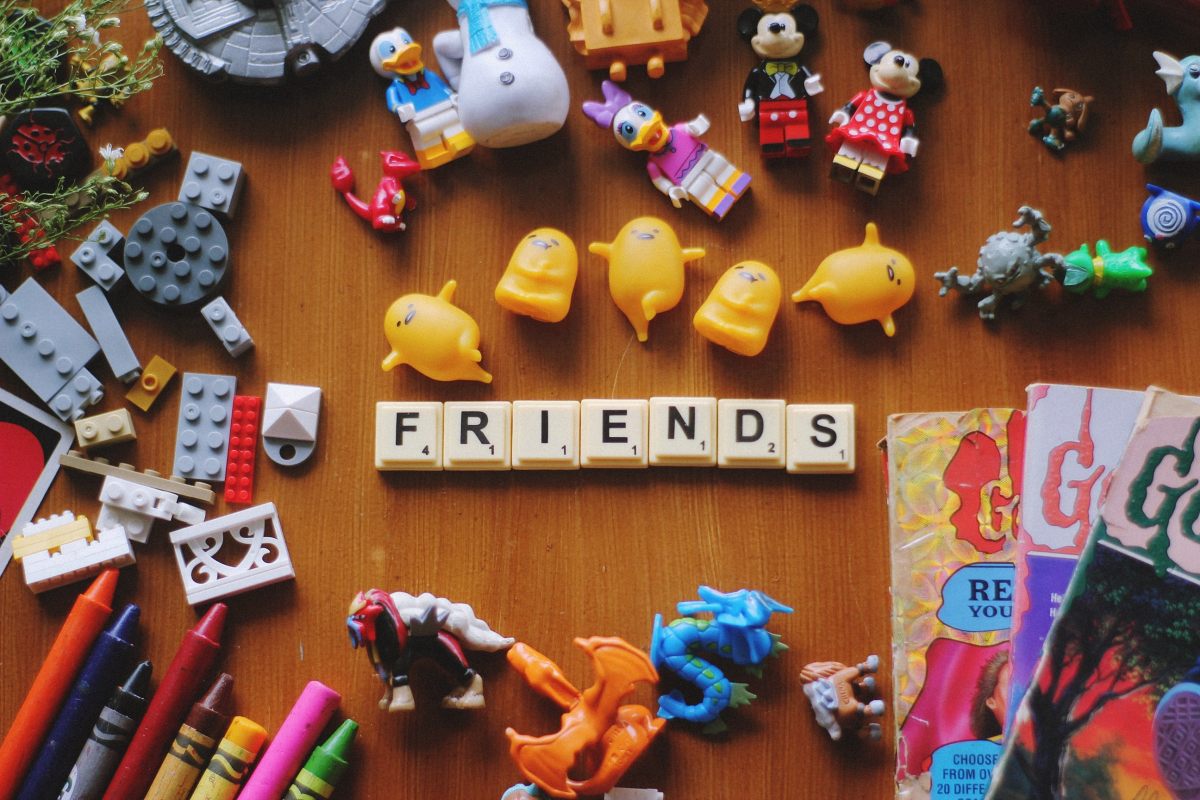
Clear Bins: Perfect for visually busy areas like a craft room or a child’s playroom. Using transparent acrylic or plastic containers, like the versatile iDesign Linus Bins, allows you to see exactly what’s inside, cutting down on the time it takes to find the glitter glue or that specific Lego piece.
Opaque Baskets: Ideal for living areas or bedrooms where you want a serene, uncluttered aesthetic. Woven baskets or solid-colored boxes, such as IKEA’s popular DRÖNA series for KALLAX shelves, hide visual chaos while keeping items categorized. They signal

A study from the Princeton University Neuroscience Institute found that physical clutter in your environment competes for your attention, resulting in decreased performance and increased stress.
This isn’t just a feeling; it’s brain science. When your home is full of visual noise—piles of paper, overflowing shelves, random objects—your brain is constantly trying to process it all, leaving less mental bandwidth for what truly matters. Creating an organized space is literally a way of calming your mind and reclaiming your focus.
The purge is done… so how do you keep new clutter from creeping back in?
Embrace the










